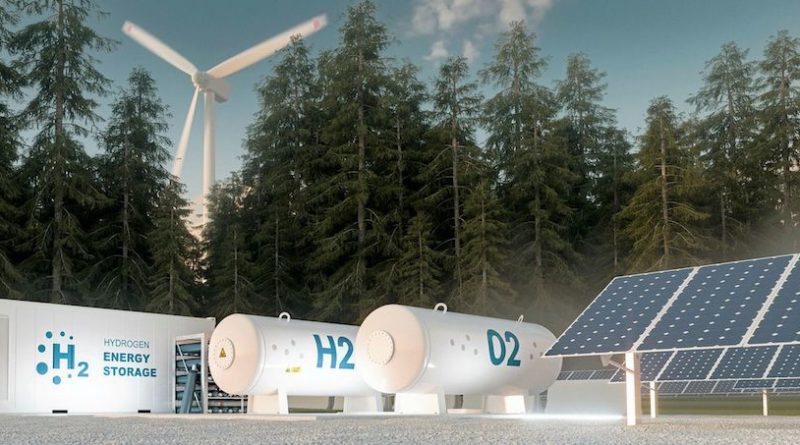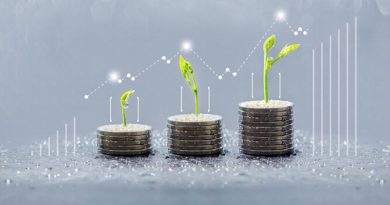
Energy system integration needs consistency with other policies and methodology for aligning targets
As part of the European Green Deal, in order to encourage this smart sector integration, the Commission will present an EU Strategy for energy system integration by June 2020. The new EU strategy in synergy with a new dedicated strategy on hydrogen in Europe will lay the foundation for the decarbonised European energy system of the future. By linking traditionally separated sectors of the energy system – like electricity and gas – the Commission hopes to create synergies that will allow integrating more renewables and decarbonise industrial sectors that are currently lagging behind.
First, several barriers still prevent energy system integration from fully materialising and allowing citizens and industry to embrace cleaner energy alternatives. The cross- sectoral links in the EU’s current system need to become stronger in order to create the conditions, which enable and encourage further integration where different energy carriers can compete on a level playing field and use every opportunity to reduce emissions.
Better integration of the energy system is also necessary to achieve a cost-effective decarbonisation of the EU economies.
It will build a more flexible, more decentralised, and digital energy system, in which consumers are empowered to make their energy choices.
Secondly, many of the technologies we need to drive forward decarbonisation and digitalisation are yet to be developed. What is also lacking fundamentally is a methodology that connects all the different initiatives into a functional system. As EPP ITRE Coordinator I am convinced that when assessing the need to adopt new legislative proposal revising existing legislation and policies, the Com- mission shall take into consideration regulatory consistency and stability to preserve favourable environment for future-proof investments.
If carbon-free steel plants or carbon-free aviation are to see the light within the next decade, we need yet to see concrete EU plans to achieve this.
More generally, the 10-year climate ambition which we are setting until 2030 should be embedded in an overall 10-year plan which defines research, innovation, infrastructure, industry, energy- efficient targets, digitalisation goals which all come together to achieve economic recovery and long-term growth and jobs. Europe still did not finalise its Industrial Strategy and key funding programmes. If there are 2030/2050 targets on CO2 reduction, they must be reflected in Horizon Europe and the related Joint Undertakings. There is also a need to set targets to create the necessary energy infra- structure as well as to provide an appropriate capacity building to have hydrogen available sufficiently as an important bridge technology to decarbonise energy-intensive energy sectors. There is currently an inconsistency between EU strategies/targets and the funding and toolbox in place to implement them. In the recovery package, we have reference to hydrogen alliance but we lack a clear plan on how to invest in the relevant infrastructure as well as the needed push for Member States to support investments in this area.
Thirdly, one of the most central questions concerns the conditions for the spending. There is an immanent risk that Member States will spend the funding on non-competitive industries which cannot lay the base for long-term recovery and sustained growth. The funding should focus on real transformation of the economy and this has not been addressed so far. This is even more important in the context of a new debt created to finance the recovery plan:
we have to ensure that this will be an investment which will have for first priority the rebuilding of our productive capacity, to give also the future generations the possibility to pay back the debt we will transfer to them.
Financial securities and the path for re-payment needs to be clearly defined for that. Another aim is the clear conversation over financial issues. A certain living standard has a certain monetarily value, that’s why consumers must be aware of price signals. Taxes and levies will ensure a financial support of the decarbonization. The market also needs to be adjusted, to provide a secure environment to both the system and the consumers.
Fourthly, more renewables introduce challenges of their own, for instance because of the variable nature of renewable electricity generation and the need to balance supply and demand at all times. Energy system integration will require a more flexible power system, including storage and digitalisation. And low-carbon fuels like hydrogen could provide an essential piece of the puzzle when trying to link the dots. Central to energy system integration is the deployment of new fuel sources such as hydrogen into the system. This has the potential to be a game changer. It could act as an enabler, especially for the hard-to-decarbonise sectors like heavy industry and transport. Hydrogen today only makes up less than 1% of the European energy system, but the Commission believes it could unleash a new wave of decarbonisation in hard-to-abate sectors of the economy.
Finally, energy system integration is how we connect the missing links in the energy system. If Europe is to succeed, EU policies, strategies and programmes need to be adopted fast and be better interlinked. Existing tools and instruments need to be adapted to fit our climate targets. We must move towards smart sector integration, which will promote stronger integration of the electricity, heating and cooling, transport, gas, industry, and agricultural sectors. Electrification, low-carbon gases, digitalisation and storage all play a role in completing the picture.




